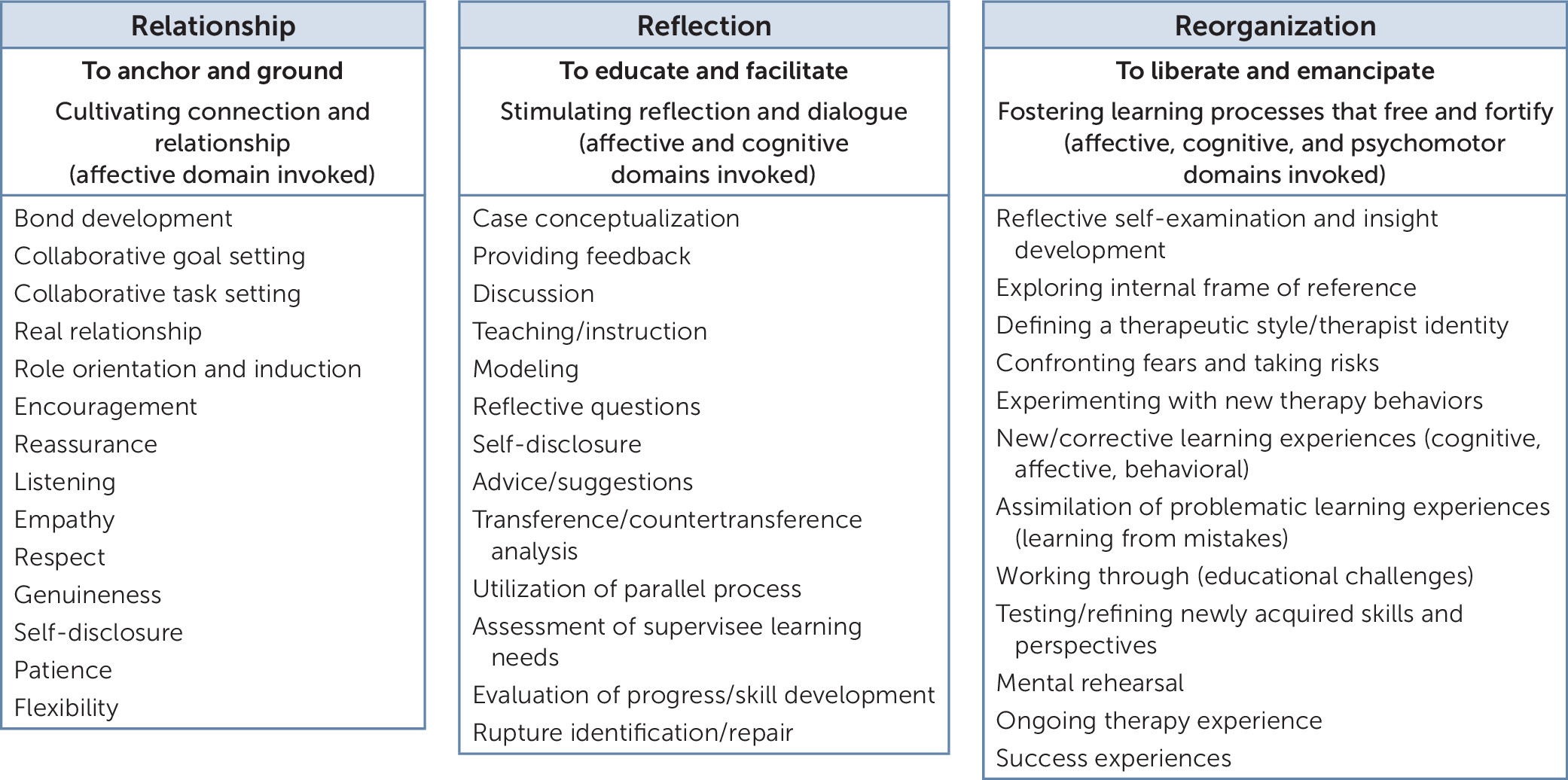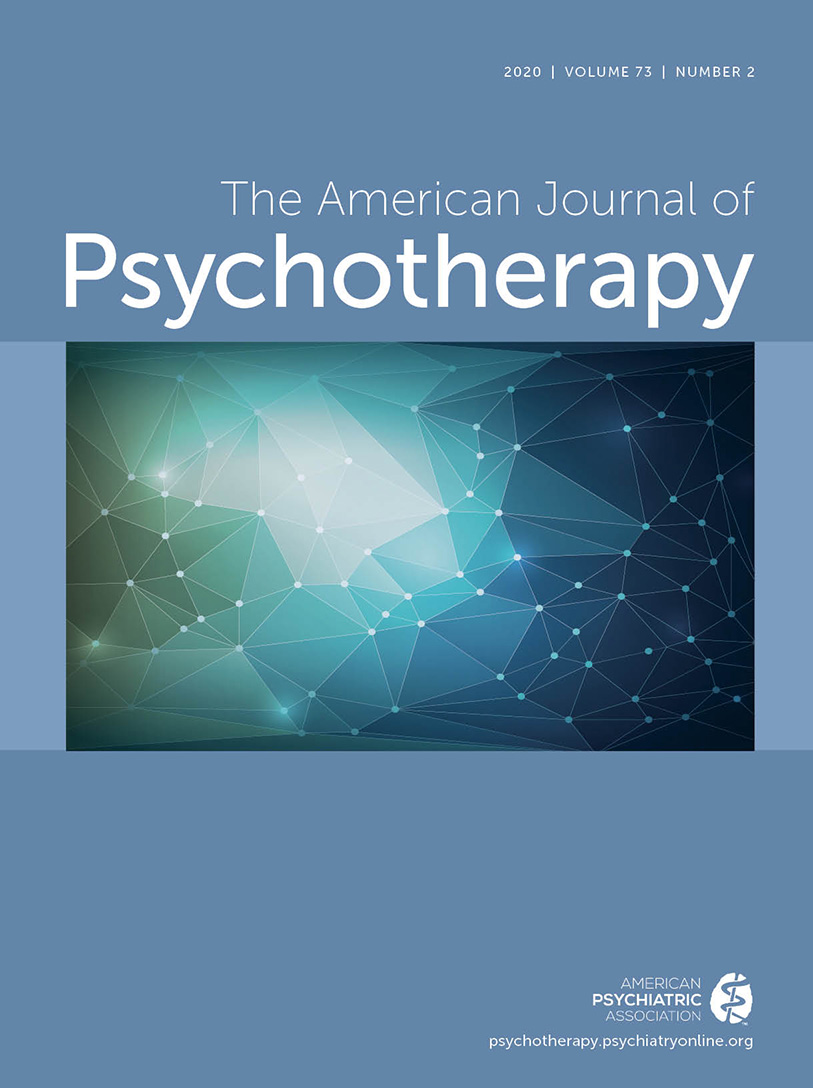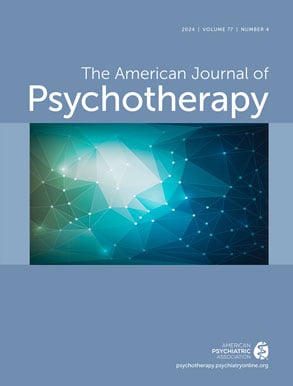The Psychotherapy Supervisor as an Agent of Transformation: To Anchor and Educate, Facilitate and Emancipate
Abstract
Objective:
Methods:
Results:
Conclusions:
Highlights
Learning in supervision is transformational (not just transmissional) (1).
Why Have a Psychotherapy Supervisor at All?
Purposes of Supervision
Impact of Supervision
Supervision and the Beginning Supervisee
The Beginning Supervisee, Liminality, Boundary Confusion, and Edge Emotions
The Supervisor Leaning Into Liminality and the Edge Emotions
Building Transformative Learning Possibilities in Psychotherapy Supervision

To Anchor and Ground: Cultivating Connection and Relationship
The supervisory alliance.
The real relationship.
Supervision role orientation and induction.
Supervisor facilitative conditions and behaviors.
To Educate and Facilitate: Stimulating Reflection and Dialogue
To Liberate and Emancipate: Fostering Learning Processes That Free and Fortify
Cultivated Connection, Realized Reflection, and Evolving Emancipation
Conclusions
References
Information & Authors
Information
Published In
History
Keywords
Authors
Competing Interests
Metrics & Citations
Metrics
Citations
Export Citations
If you have the appropriate software installed, you can download article citation data to the citation manager of your choice. Simply select your manager software from the list below and click Download.
For more information or tips please see 'Downloading to a citation manager' in the Help menu.
View Options
View options
PDF/EPUB
View PDF/EPUBLogin options
Already a subscriber? Access your subscription through your login credentials or your institution for full access to this article.
Personal login Institutional Login Open Athens loginNot a subscriber?
PsychiatryOnline subscription options offer access to the DSM-5-TR® library, books, journals, CME, and patient resources. This all-in-one virtual library provides psychiatrists and mental health professionals with key resources for diagnosis, treatment, research, and professional development.
Need more help? PsychiatryOnline Customer Service may be reached by emailing [email protected] or by calling 800-368-5777 (in the U.S.) or 703-907-7322 (outside the U.S.).

